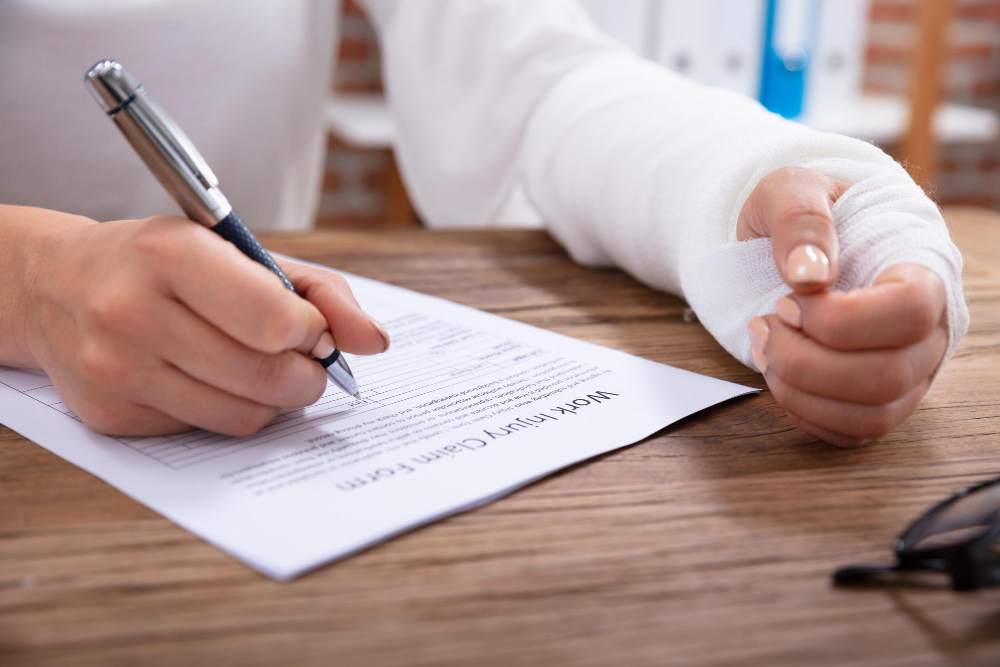Personal Injuries
Personal injury cases take an emotional and financial toll on the victims but also expose the safety shortcomings of communities. At Davis, Saperstein & Salomon P,C., knowing the risk factors and designing strategic interventions can help New Jersey mitigate unnecessary injuries and enhance safety. Policymakers and government officials, as well as business leaders and residents, can take actions to make the communities safer.
Enhanced Infrastructure to Reduce Hazards
Improved public infrastructure plays a major role in accident prevention. Injuries may be greatly decreased by remodeling roads, sidewalks, and public places. For example:
- Enhanced Pedestrian Crossings: Pedestrian-activated flashers or automatic sidewalk lights may be useful for busy intersections on Newark and Jersey City. These measures are especially effective near schools and public transit stops.
- Better Street Lighting: Dimly lit streets in high-traffic areas can pose serious risks to both drivers and pedestrians. Installing LED streetlights in areas such as Trenton’s downtown and Newark’s Ironbound district can enhance visibility and reduce nighttime accidents.
- Traffic Calming Measures: Certain structures, like roundabouts, curb extensions, and speed bumps can be used to reduce vehicle speed in residential neighborhoods. This is more helpful in Hoboken’s waterfront districts where high pedestrian traffic is common.
Targeted Public Safety Campaigns
Educational campaigns can raise awareness about common injury risks and encourage safer behavior. New Jersey communities can introduce the following initiatives:
Campaigns for Seasonal Safety: Public service announcements focusing on winter driving safety, beach safety, or bicycle helmet use can significantly reduce seasonal accident rates.
Interactive Workshops: Hosting safety workshops at schools and community centers can teach residents critical skills such as defensive driving, fall prevention for seniors, or safe lifting techniques for workers.
Local Business Accountability
Every business should make every effort to provide a safe environment for its customers and employees. Urging them to adopt basic safety measures would lessen incidents such as falling or slipping.
Proactive Safety Audits: Businesses can voluntarily conduct safety assessments to identify and address potential hazards. Implementing a ‘Safe Business Certification’ could incentivize establishments to maintain higher safety standards.
Employee Training Programs: Providing basic first aid, fire prevention, and emergency response training to staff can lessen injuries in the retail, hospitality, and office workplaces.
Emergency Response Training for Residents
Community-wide preparedness programs designed to make the community ready for emergencies can lessen injuries in case of accidents.
First Aid Training Sessions: Towns can organize CPR and first-aid certification courses for residents. Teaching community members how to respond to injuries before medical help arrives can save lives.
Volunteer Emergency Networks: Establishing local volunteer groups with first-aid kits and defibrillators might improve the response time in difficult to access areas.
Legal Advocacy for Safer Communities
Davis, Saperstein & Salomon play a critical role in prevention efforts. Their legal staff looks into injury trends which allows them to recommend safety measures to local authorities to formulate and enforce stricter safety laws.
If a law firm determines there are a lot of pedestrian mishaps in a certain location, the law firm may partner with urban designers to develop better crosswalks and pedestrian signs. Their effort assures that the lessons learned from prior cases are used for public safety improvement.
Key To Safety
Reduction of personal injuries is achieved through prevention. Improving infrastructure, safety awareness campaigns, and community readiness all work together to provide New Jersey residents an improved sense of safety while burdening the personal injury claimants less.

